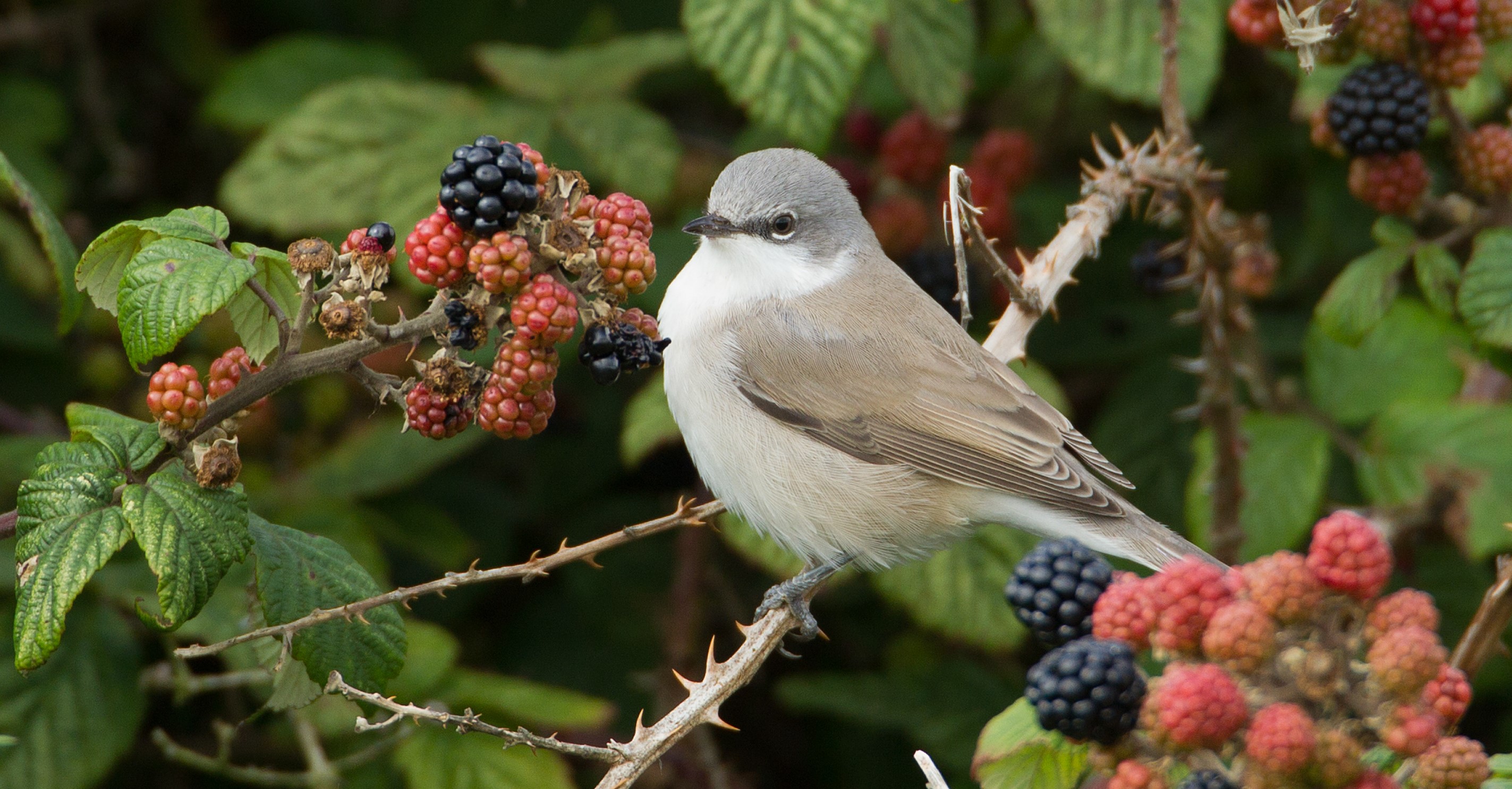
BirdTrack migration blog (11–17 August)
Looking back
Seabirds
From the end of July, seabirds from across the globe can, given the right weather conditions, pass headlands in their hundreds or even thousands as they migrate. Traditionally, UK birders looking for species such as Cory’s Shearwater and Great Shearwater head to the south-west coast, where there is always the possibility of spotting a rarity too.
The sheer numbers of Cory’s Shearwater seen so far this year have been spectacular, with triple figure counts coming from a few locations. Mixed in with these were good numbers of Great Shearwaters, which head up into the North Atlantic as part of an epic post-breeding migration.
Regular pelagic cruises from the Isles of Scilly scored big with no less than seven Scopoli’s Shearwaters reported. This species is a close relative of Cory’s Shearwater that breeds on islands in the Mediterranean, and has only been recorded in British waters on a handful of previous occasions. But this wasn’t the only ultra-rare species to be seen; both the South Polar Skua and the Red-footed Booby were also logged, with the Red-footed Booby sighting being only the second for Britain.
Numbers of Wilson’s Strom Petrel were also higher than in previous years, and once again, a pelagic out of the Isles of Scilly scored the highest count, with 39 seen on 31 July. Some high counts were also made from land, with 11 past Pendeen, Cornwall, on 6 August and 13 past the Bridges of Ross, County Clare, on 29 July.
The high numbers of shearwaters and storm petrels seen in our waters recently are most likely a result of the jet stream – strong winds which blow 5–7 miles above the surface of the Earth. The jet stream is currently blowing from west to east and sitting lower than usual for this time of year, bringing repeated low-pressure fronts pushing in from the Atlantic. These draw up winds from the south-west, which blow migrating birds closer to our coastlines.
Waders
Other species on the move in recent weeks include waders, terns, and warblers. Greenshank, Common and Green Sandpiper, and Turnstone are among the first wader species to migrate south each autumn, and all of these species have seen an increase in reports over the past few weeks.
While Turnstone reports were primarily from coastal regions, reports for the other three waders came from many inland areas as well. In particular, Common and Green Sandpipers have frequently been seen feeding side by side in a variety of freshwater habitats, allowing a good comparison of their features.
Terns and gulls
Around the end of July, mixed groups of Sandwich and Common Terns, as well as the occasional Arctic, Roseate, and Little Tern, began the post-breeding ‘gatherings’ typical of this group of species. Identifying birds at this time of year can be a little difficult due to the mix of young birds and adult birds going through moult, but it can be rewarding. Birders at coastal areas observed terns moving well into the evening as they headed south, with birds frequently pitching up on beaches and groynes to rest.
Little Gull reports also increased, as their late summer gatherings started to appear at traditional sites such as Hornsea Mere, East Riding of Yorkshire, which recorded over 2,000 birds on 6 August. Like tern flocks, Little Gull flocks frequently contain a range of age groups: adult birds will still be sporting their summer plumage of jet-black hoods, while this year’s young will have a recognizable black “W” pattern across their wings that can be seen when they are flying.
Warblers
The first push of warblers began towards the end of July as Willow, Sedge, and Reed Warblers started to head south and turn up away from their breeding areas. A mix of fresh young birds and rather tatty worn adults were seen migrating together, often in the company of other warblers such as Blackcap, Lesser Whitethroat, and Chiffchaff. By next month, the majority of these birds will be well on their way to their wintering areas.
Standout sightings
Some of the other standout rare birds seen recently included Britain’s second recorded Black-winged Kite, which spent a few days in Norfolk before wandering south, visiting Suffolk and Essex along the way.
Also seen were a Bridled Tern in Gwynedd, Harlequin Duck in Highland, Hudsonian Godwit in Shetland, Elegant Tern in County Cork, and the returning Double-crested Cormorant in County Leitrim that was last reported on 27 April.
Looking ahead
The recent break from several weeks of cooler and rainier weather has only lasted a few days. The forecast calls for a return of low pressure as the dominant weather force, and in the coming week, most areas will experience sunshine and showers as a result of this low-pressure system feeding in cooler, moister air from the Atlantic.
Moderate to strong south-westerlies over the weekend will be ideal for watching seabird passage, which will be most visible past headlands along the Cornish and Irish coasts. Given the recent records, sightings of both Cory’s and Great Shearwater are very probable. There will likely be good numbers of Manx Shearwater too, with a few Storm Petrels, Sooty Shearwaters and skuas in the mix.
These same weather conditions are likely to slow the migration of other birds a little, and those species pausing their journey could group together and hang around for a few days. It will be worth checking any bodies of water with muddy edges for waders; both Common and Green Sandpipers are still likely findings, and you may get lucky with a Wood Sandpiper. Scrutinising a group of Dunlin could reward you with a Little Stint or Curlew Sandpiper, with adult birds passing through still retaining some of their breeding plumage. Water bodies could also play host to Little Gulls, which hawk delicately for insects and can be joined by Arctic, Common, and sometimes Black Terns.
A spell of easterly winds is forecast for the end of next week, and these could bring the first drifts of migrants on their return passage. Species to look out for include Redstart, Pied Flycatcher and Whinchat, as well as raptors like Honey-buzzard and Osprey. Mid August is actually the peak of Osperey autumn migration in the UK, with birds heading south to their wintering grounds on the coasts of western Africa and beyond. Ospreys sometimes hang around a favourite site for a few days before continuing their journey, so it can be worth following up on reports to see if the bird is still in the area. Listen out for the raucous mobbing calls of gulls or crows; they often harass Ospreys, alerting you to the raptor’s presence.
With the breeding season over, the majority of warblers will start to leave the UK; the next few weeks are a good time to see some of these species away from their normal breeding habitats. Both Sedge and Reed Warbler can often be found in scrub habitats, often in mixed flocks with other warblers like Willow Warbler, Chiffchaff, Blackcap, Lesser Whitethroat, Whitethroat, and Garden Warbler. The fresh-plumaged juvenile birds stand out from the rather scruffy adult birds that have endured a season of breeding and have yet to moult.
Sitting in your own garden can also be rewarding: you could see a young Great Spotted Woodpecker fly over, or maybe hear a Yellow Wagtail calling as it heads south. You really can witness bird migration, no matter where you live.
During late summer, many juvenile birds will start to disperse from where they hatched, even if they will remain in the UK for the winter. At this time, they can turn up away from their preferred habitat while they search for a suitable area to spend the colder months. Species such as Great Spotted Woodpecker, Nuthatch, and Treecreeper can be found well away from mature woodlands and can appear in some surprising areas, from gardens to coastal scrub. These birds don’t often hang around for long but can result in a surprise addition to your local patch. Sitting in your own garden can also be rewarding: you could see a young Great Spotted Woodpecker fly over, or maybe hear a Yellow Wagtail calling as it heads south. You really can witness bird migration, no matter where you live.
Send us your records with BirdTrack
Help us track migration amidst an outbreak of avian influenza.
Submitting your sightings to BirdTrack is quick and easy, and gives us vital information about our breeding and migrating birds.
Find out more


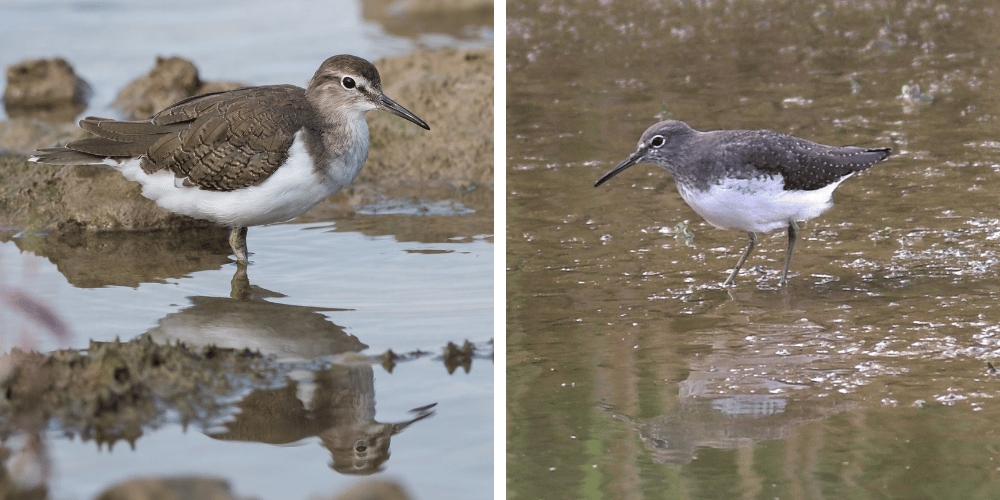
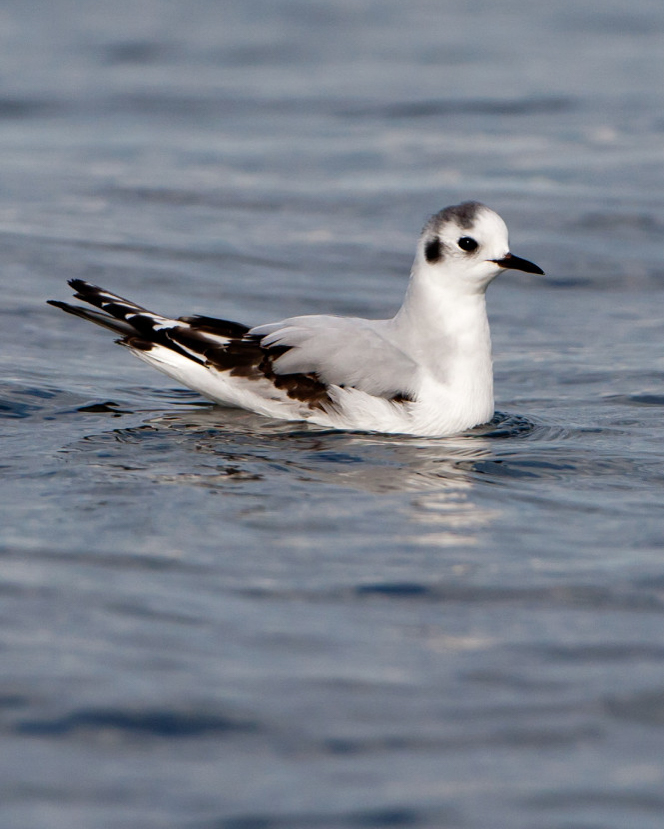
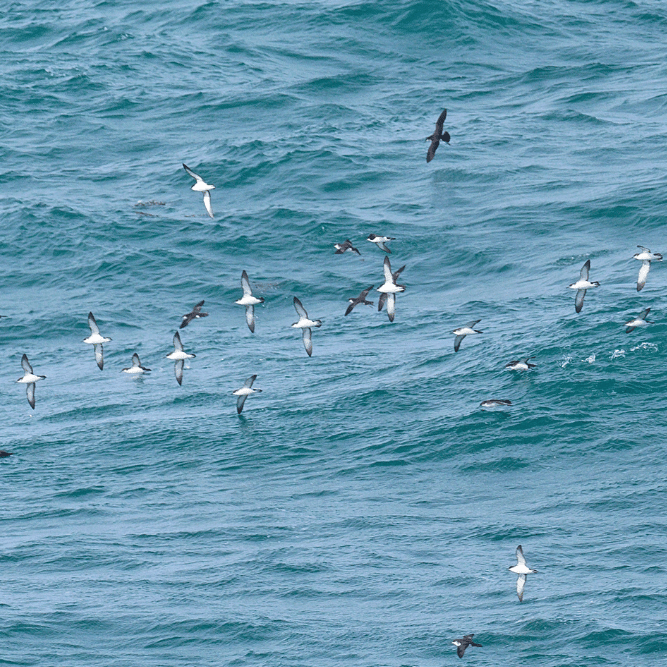
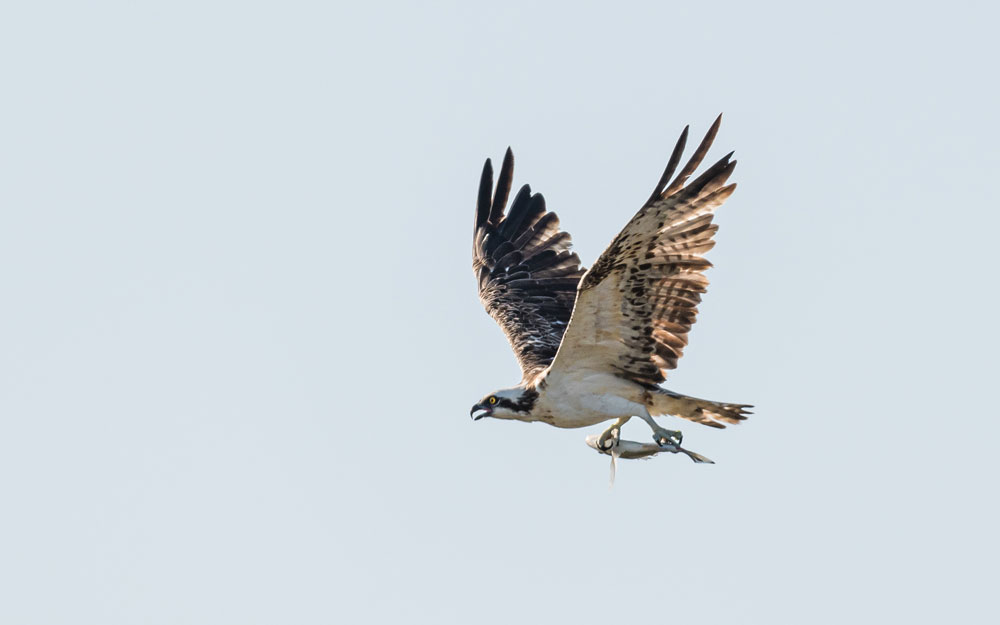


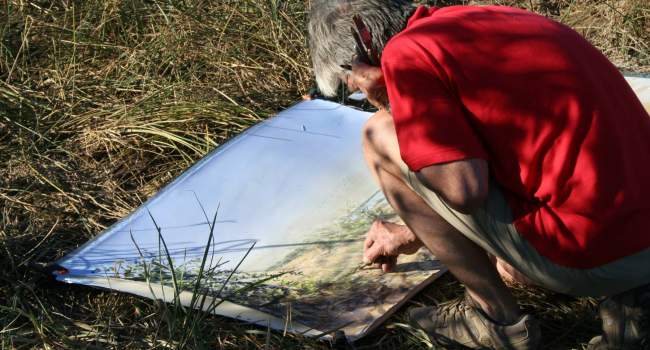

Share this page